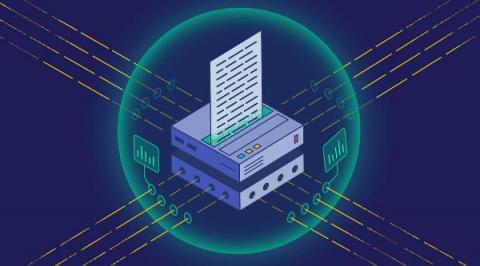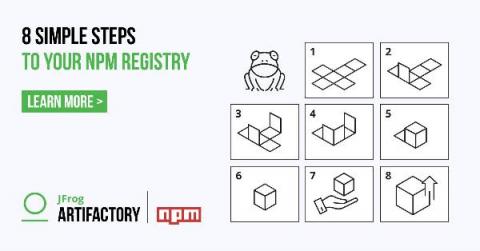Operations | Monitoring | ITSM | DevOps | Cloud
CI CD
The latest News and Information on Continuous Integration and Development, and related technologies.
Spot's journey with Argo Rollouts
Modern, cloud-based software development lifecycles have quickly evolved from waterfall and are fully embracing the agile principles of DevOps. As part of this shift, continuous delivery practices have been adopted, giving organizations the capability to deliver and release code faster and more frequently than ever before. CI/CD tools bring velocity — code is always ready to be deployed, enabling organizations to commit multiple times a day.
Adding Observability to your CI/CD pipeline in CircleCI
In modern software systems, it is common for several developers to work on the same project simultaneously. Siloed working with infrequent merging of code in a shared repository often leads to bugs and conflicts that are difficult and time-consuming to resolve. To solve this problem, we can adopt continuous integration.
DevOps 101: Introduction to CI/CD
No Internet? No Problem. Use Artifactory with an Air Gap - Part I
Create a continuous deployment pipeline for Django applications
Django is the most popular web development framework for the Python programming language. Its design facilitates rapid development without compromising on the standards of professionally built applications. It is free, open source, uses the Model-View-Template architectural pattern, and encapsulates a lot of boilerplates to enable developers churn out web apps quickly.











